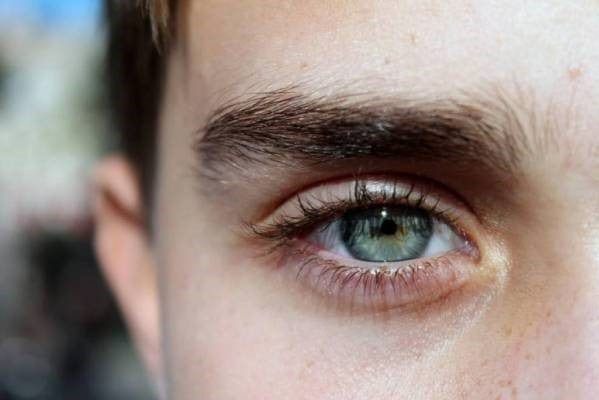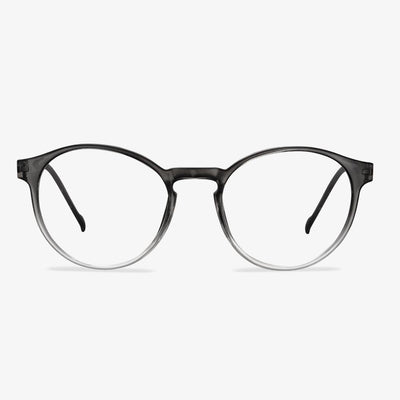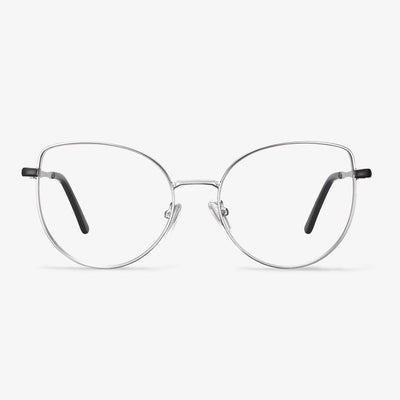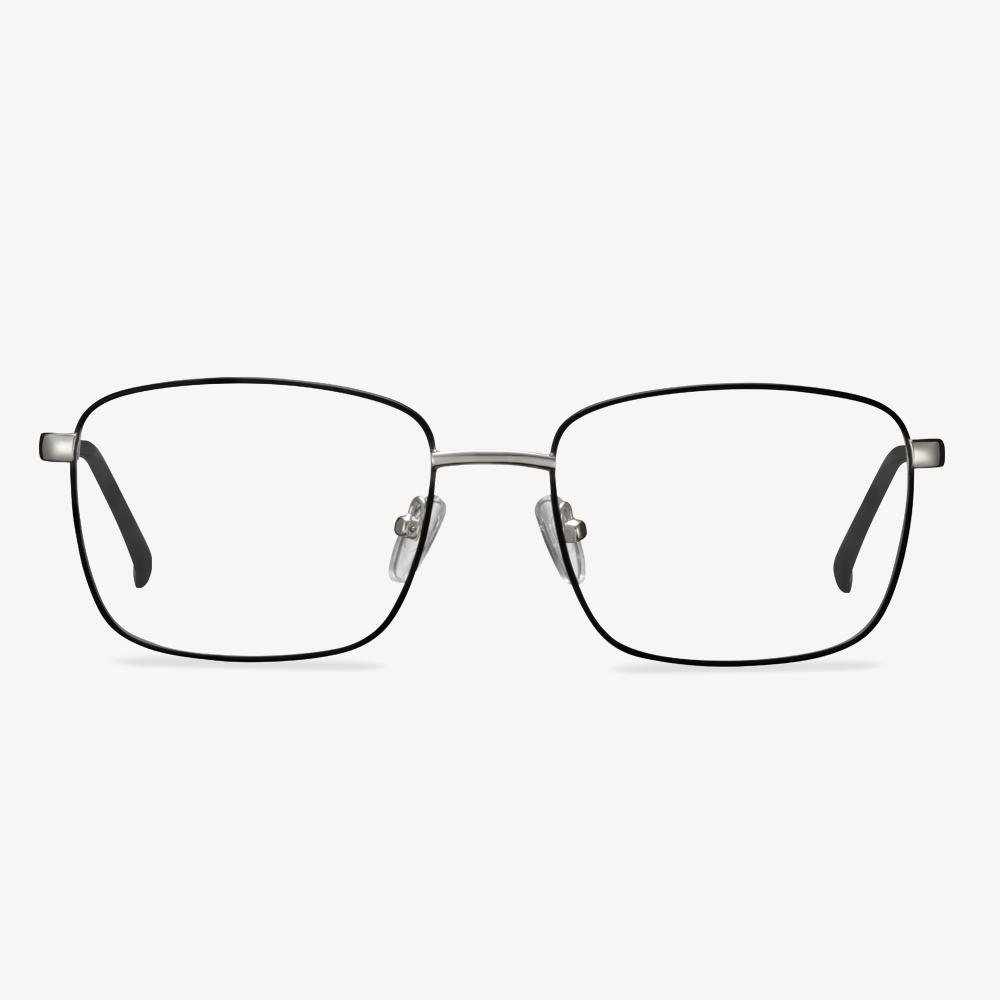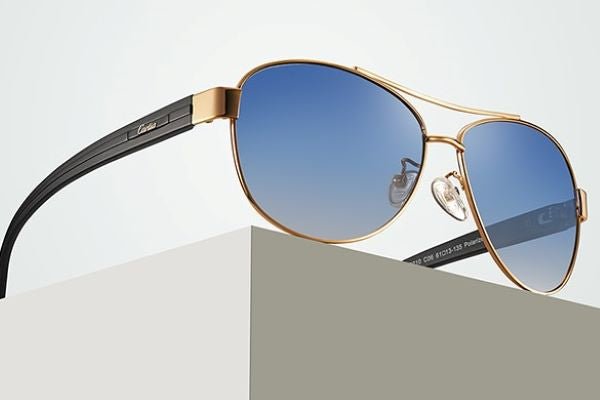Difference Between Blue Light Glasses And Regular Glasses
Studies have shown that blue light is present in many light sources in our lives, especially on screens like cell phones, computers, and televisions. The main health effect of blue light sources is the damage to the eyes. Long-term exposure to blue light sources may cause lesions in the eyes. The harm of blue light to human health can be prevented by corresponding new technology products. Among them, the anti-blue lens is one of them. So how to distinguish between blue-light-blocking glasses and ordinary glasses?
Can you wear blue light glasses while driving?
The damage of blue light has a cumulative effect. The longer the exposure time is, the more serious the damage of retinal cells will be, which will eventually lead to irreversible damage of the structure and function of the retina. Once the retina has permanent damage, degeneration will directly affect the metabolism and function of photoreceptor cells, resulting in vision loss. It depends on the glasses you're wearing. The function of anti-blue light glasses depends on the material of the glasses. Some blue light glasses have a special anti-reflective coating, which can reduce glare. These glasses are definitely helpful when driving at night.
Wear glasses normally after being fitted with glasses
If you have myopia and have been diagnosed as true myopia at the same time, and the degree is above 0 degrees, you should wear suitable myopia glasses for correction. Once equipped with glasses, you should wear them except for washing your face and sleeping, because myopia patients are in a state of emmetropia after wearing suitable glasses, and the natural relationship between adjustment and convergence is restored. Wearing glasses is not only to improve eyesight, but also to read and work within an appropriate distance, so that there is a normal coordination relationship between the adjustment of the eyes and the convergence function, and to avoid eye fatigue.
What Are Progressive Glasses?
Trifocal glasses and no-line progressive lenses are multi-focal glasses, meaning that their lenses offer multiple correction fields. Whether you have been wearing multi-focal glasses for a while, or you have just begun to look at options for correcting vision after 40 years old, you may have heard the terms trifocal or progressive glasses.
Progressive lenses offer a smooth transition from distance vision through intermediate vision to near vision, and they supply all the in-between corrections. Progressive lenses have three different viewing zones, as trifocal glasses do, and they have progressive powers of corrections, easing eye strain and providing the most natural vision correction.
Note the ratio of the lens to the face.
Usually, the vertical length of the lens of longer glasses can have a visual effect of reducing the proportion of the face. In addition, in the selection of the glasses, you should pay attention to the distance between the end of the eye and the glasses so the best ratio is that the eye is in the middle of the glasses.
How to Choose Glasses for Face Shape?
How to choose glasses to suit my face? For the oval face shape, the walnut-shaped frames that are not too deep or narrow are a very good choice. For heart-shaped faces, the light-colored frames and rimless frames that have a light, airy appearance also are good choices. For oblong face shape, the frames with decorative or contrasting temples would be a good choice.
For square face shape, narrow frame styles are recommended. For diamond face shape, rimless spectacles and frames with oval or cat-eye shapes can be good choices. For round face shape, frames with a clear bridge and rectangular frames that are wider than they are deep would be good choices. For base-down triangle shapes, the frames with cat-eye shapes are recommended.
When selecting the eyeglasses shapes, you also need to consider other factors, such as hairstyle, eye color, and so on.
In addition, to choose eyeglasses, you can try Koalaeye Optical, which provides all kinds of glasses frames, eyeglasses, and sunglasses.
Which Reading Glasses Are Most Suitable for Me?
If you have never previously required prescription glasses to improve your vision such as nearsightedness or farsightedness or astigmatism, it is highly like that you can correct your vision with non-prescription reading glasses.
People around the age of 40 to will benefit from the low power reading glasses because of the progressive nature of presbyopia. In other words, you do not need prescription glasses to correct your vision.
However, if you are around the age of 60 or older, the strength of the reading glasses will increase. However, you do not need prescription glasses.
















